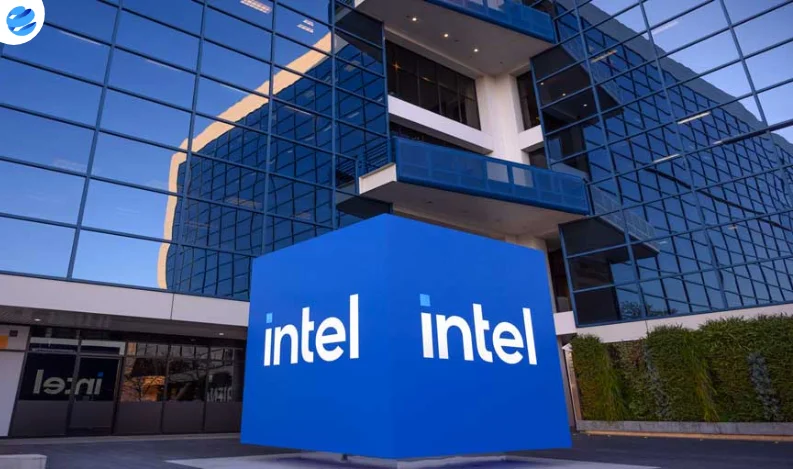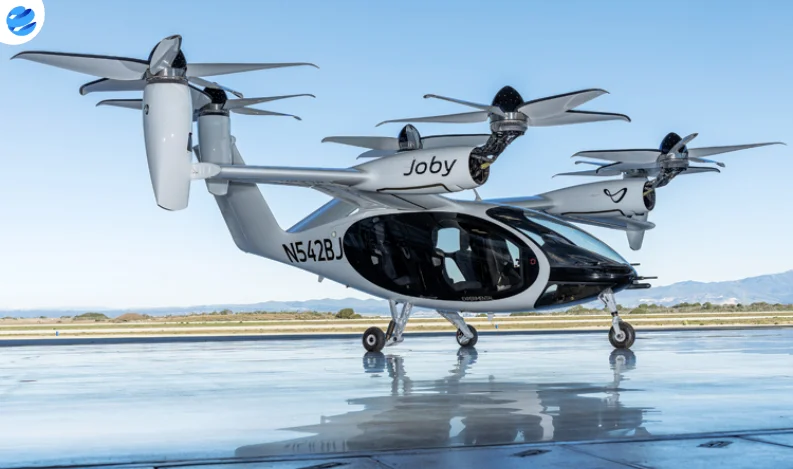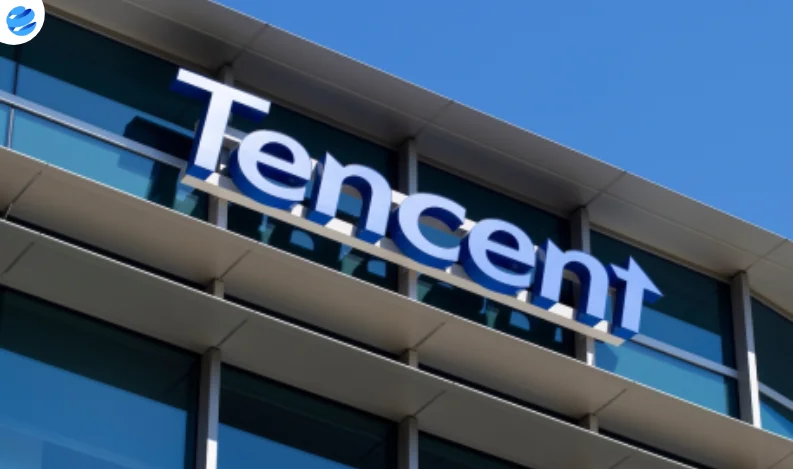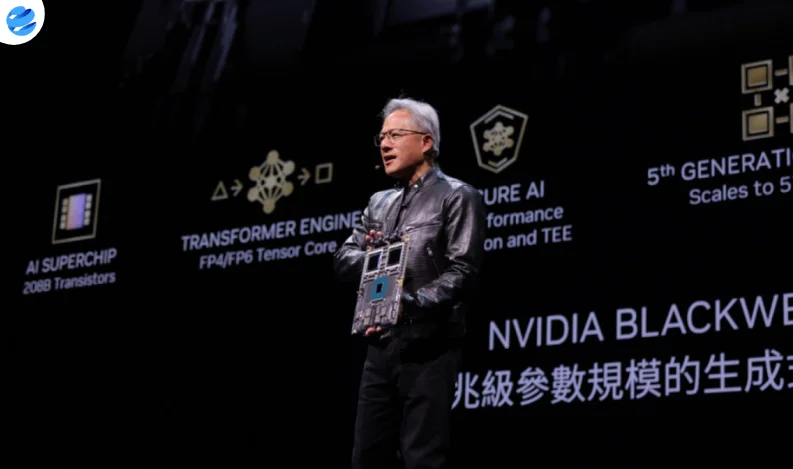WASHINGTON — Honda has posted an extraordinary 963% year-over-year increase in electric vehicle (EV) sales in the United States, driven by the successful launch of the Honda Prologue SUV.
In the first quarter of 2025, Honda sold more than 9,500 units of the Prologue alone, placing it among the Top 10 EV models sold in the US. Combined with the Acura ZDX, Honda’s total EV sales reached over 14,000 units in Q1, a major leap for a brand that had virtually no EV presence just over a year ago.
This marks a significant milestone for Honda as it enters the competitive US EV market, surpassing sales from legacy automakers like Kia and closely trailing Volkswagen’s ID.4. The Prologue’s strong market reception has established Honda as a rising force in electric mobility.
The Honda Prologue and Acura ZDX are built on GM’s Ultium battery platform, allowing for rapid scaling of production. The vehicles were launched with competitive pricing, strong performance, and were supported by Honda’s nationwide dealer network.
According to sales data:
-
Tesla remains the market leader with 128,100 units sold in Q1.
-
Honda’s Prologue and ZDX combined reached 14,000 units, beating Kia and Rivian.
-
The Prologue alone sold 9,561 units, nearly matching Volkswagen’s ID.4.
Honda’s rise comes as Tesla saw a 10% drop in year-over-year US EV sales and other automakers like Ford and Chevrolet faced inconsistent demand.
Despite the surge, Honda is adjusting its future EV strategy. The company recently cancelled plans to develop a large electric SUV scheduled for 2027, citing changing market conditions. Instead, Honda is shifting focus toward hybrid electric vehicles (HEVs), with 13 new hybrid models planned between 2027 and 2031.
Honda now expects EVs to make up 20% of its global sales by 2030, down from the previously forecasted 30%. The company aims to sell 2.2 million hybrid vehicles globally by that year.
The record-breaking growth in 2025 affirms Honda’s flexibility in adapting to market shifts and positions the brand for continued relevance in both the EV and hybrid segments of the automotive industry.























